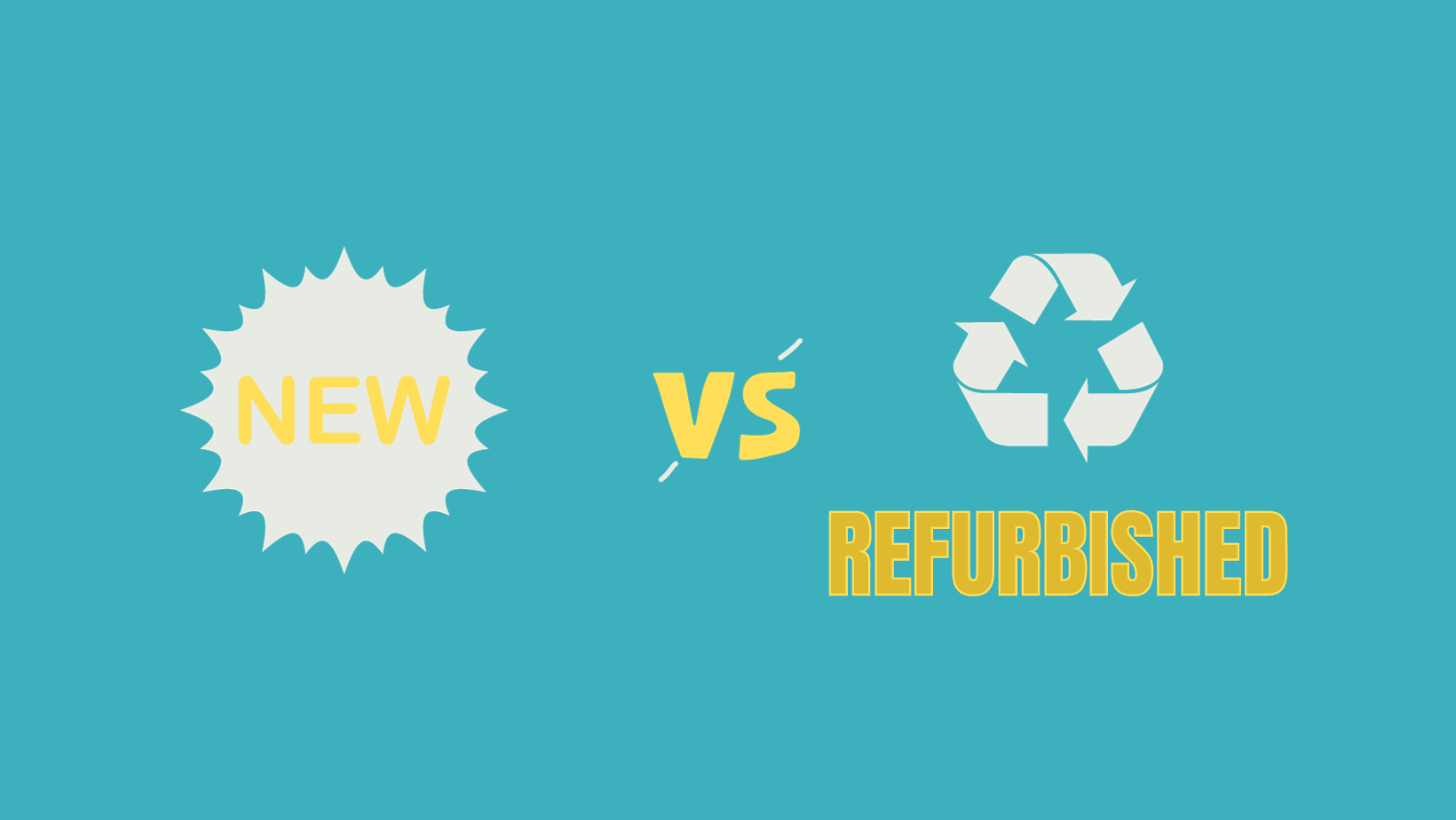In the ever-evolving landscape of healthcare, medical equipment plays a pivotal role in ensuring accurate diagnoses, effective treatments, and patient safety. When it comes to acquiring medical equipment, healthcare facilities and practitioners often face a crucial decision: should they invest in brand new equipment or consider refurbished options? This blog will delve into the nuances of refurbished versus new medical equipment, helping you make informed choices that align with your healthcare goals.
The Case for New Medical Equipment
- 1. Cutting-Edge Technology
One of the most significant advantages of purchasing new medical equipment is access to cutting-edge technology. New devices are often equipped with the latest advancements in medical science, ensuring greater precision, accuracy, and reliability in diagnostics and treatments. This is especially important in fields such as radiology, where new imaging technologies can lead to more accurate diagnoses.
- 2. Warranty and Support
New medical equipment typically comes with manufacturer warranties and comprehensive support packages. This means that in case of malfunctions or technical issues, you have a safety net to rely on. Manufacturers offer service contracts and readily available spare parts, minimizing downtime and ensuring patient care is not compromised.
- 3. Regulatory Compliance
Healthcare is a heavily regulated industry, and adhering to regulatory standards is crucial. New equipment often meets the latest industry regulations and safety standards, reducing the risk of non-compliance, potential legal issues, and patient harm.
- 4. Longevity
New medical equipment generally has a longer lifespan compared to refurbished options. It can provide reliable service for many years, reducing the need for frequent replacements or upgrades.
The Case for Refurbished Medical Equipment

- Cost Savings
One of the most compelling reasons to consider refurbished medical equipment is cost savings. Healthcare facilities, especially smaller clinics or those in resource-constrained settings, can significantly benefit from the reduced initial investment. This allows them to allocate resources to other critical areas of patient care.
- Quality Assurance
Reputable refurbishment companies rigorously inspect, repair, and refurbish equipment to meet or exceed industry standards. This means that, when sourced from trustworthy suppliers, refurbished equipment can offer a level of quality and reliability similar to new equipment.
- Environmental Impact
Choosing refurbished medical equipment can be an environmentally responsible decision. It promotes sustainability by extending the lifespan of existing equipment and reducing the demand for new resources in manufacturing.
- Accessibility
Refurbished equipment can enhance accessibility to advanced healthcare services, especially in underserved regions or healthcare facilities with limited budgets. It allows practitioners to offer a wider range of services and treatments to their patients.
Factors to Consider When Choosing
- Intended Use: The decision between refurbished and new equipment should be based on the specific medical application. Some equipment, like diagnostic imaging machines, may benefit more from the latest technology, while others, such as basic examination tools, can be effectively refurbished.
- Supplier Reputation: Ensure that the supplier of refurbished equipment has a solid track record of quality refurbishment and adherence to regulatory standards.
- Warranty and Support: Inquire about the warranty and support options available for refurbished equipment. Some suppliers offer warranties and service contracts similar to those for new equipment.
- Regulatory Compliance: Confirm that refurbished equipment complies with relevant healthcare regulations and standards in your region.
Conclusion
The choice between refurbished and new medical equipment is not a one-size-fits-all decision. It depends on your healthcare facility’s specific needs, budget constraints, and patient population. While new equipment offers the latest technology and regulatory compliance, refurbished equipment can provide cost-effective, environmentally-friendly solutions without compromising on quality. Ultimately, making an informed decision requires careful consideration of these factors to ensure the best outcomes for both patients and healthcare providers.

